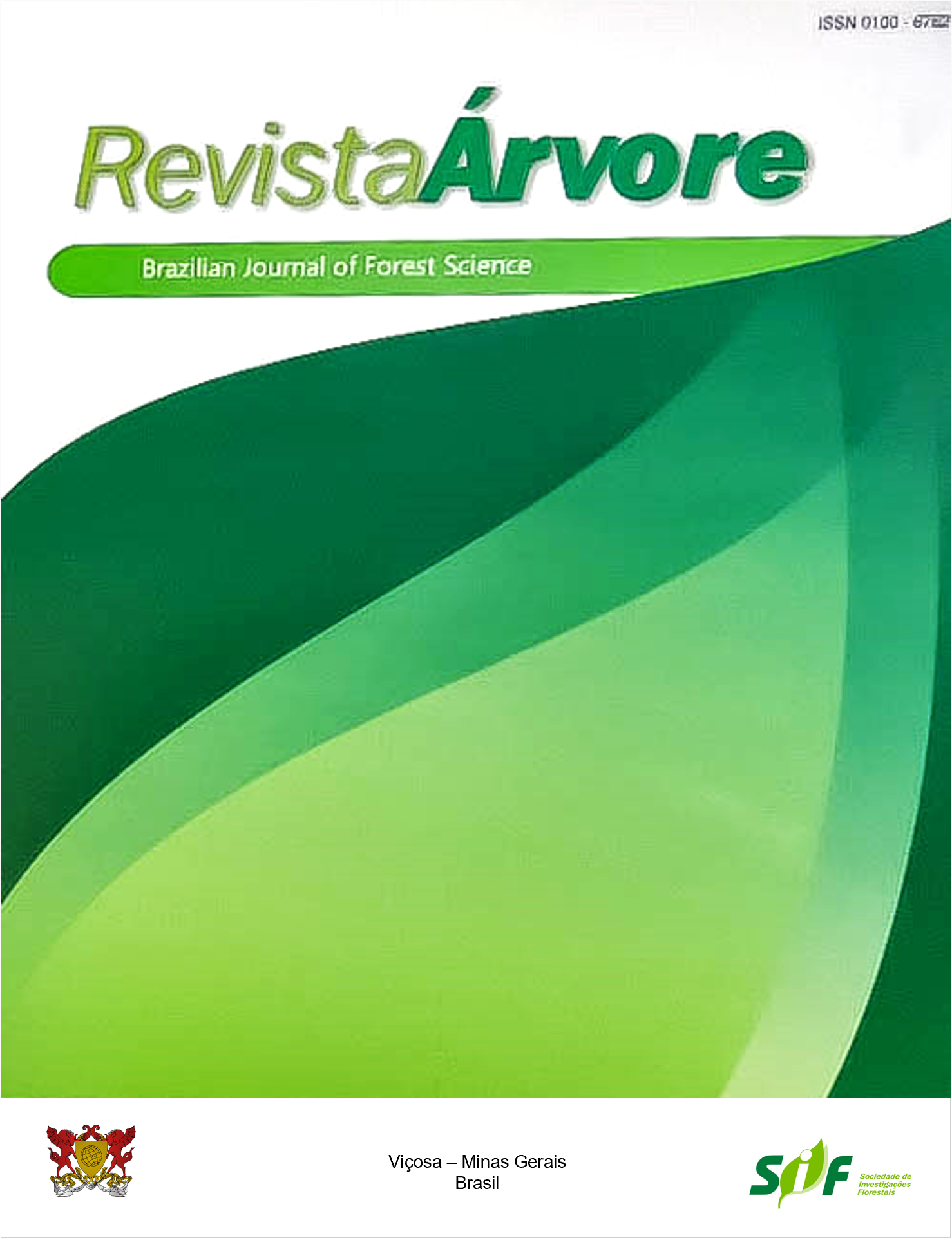QUALITY OF TROPICAL HARDWOOD FLOORS
Keywords:
Tropical species, Mechanical tests, Basic densityAbstract
This study aimed to determine the basic density of the wood and to simulate the performance of flooring produced with wood from five tropical species: Dipteryx odorata (Cumaru), Handroanthus spp. (Ipê), Hymenaea Courbaril (Jatobá), Astronium Lecointei (Muiracatiara), and Bowdichia virgilioides (Sucupira-Preta). Falling steel sphere, static and dynamic friction, indentation caused by loads applied in small areas, rolling load, and abrasiveness impact tests were simulated. The results were subjected to analysis of variance and Tukey’s test at 5% significance, and Pearson’s correlation was performed between the basic density and the indexes of each flooring. The basic density of the wood flooring made from the evaluated species ranged from 0.735 to 0.958 g.cm-3. D. odorata, Handroanthus spp. and H. courbaril woods were classified as heavy, while those of A. Lecointei and B. Virgilioides as moderately heavy. It was possible to indicate D. odorata, Handroanthus spp., H. courbaril, and B. Virgilioides flooring for environments with intense traffic where there is dragging or falling objects such as industries and companies. The A. Lecointei flooring can be used in residential environments with light traffic, where the loads exerted are low. There was a correlation between the basic wood density and the flooring use simulation tests.
Keywords: Tropical species; Mechanical tests; Basic density
Downloads
Published
How to Cite
Issue
Section
License
Copyright (c) 2021 Revista Árvore

This work is licensed under a Creative Commons Attribution 4.0 International License.
All authors agreed to submit the work to Revista Árvore and granted the exclusive license to publish the article. The authors affirm that it is an original work and has not been previously published elsewhere. The scientific content and opinions expressed in the article are the sole responsibility of the authors and reflect their opinions, not necessarily representing the opinions of the editorial board of Revista Árvore or of the Society of Forest Investigations (SIF).




